Results
-
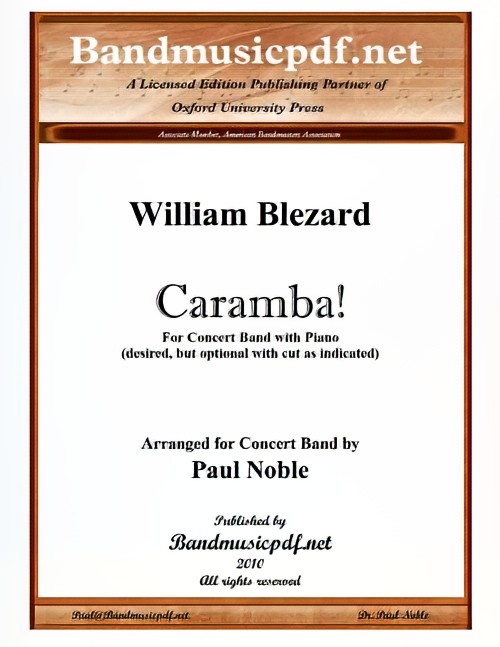 £110.00
£110.00Caramba! (Concert Band - Score and Parts) - Blezard, William - Noble, Paul
William Blezard began writing Caramba! during a tour of New Zealand. Yet the musical basis of this work is about as far away from Kiwi culture as one can get. The word Caramba has several translations from the Spanish, including Dear Me!, or Goodness Me!, or perhaps more colloquially, Golly, or even Holy cow!. The entire work has an exotic feel to it that is so suggestive of things Spanish or Latin American. This is helped by the extensive use of percussion, and of course the brass is pure Latin American dance style. The demanding piano part is featured as almost a 'concertante'. In the Concert Band arrangement, the piano is highly desirable to replicate the original score, but the arrangement includes enough doubling and a short cut to make the piece entirely playable without the piano. Caramba! has all the hallmarks of a great piece of concert music that pleases as well as excites. For bands that want a challenge that is sure to bring an audience to its feet, Caramba! is the piece!
Estimated dispatch 7-14 working days
-
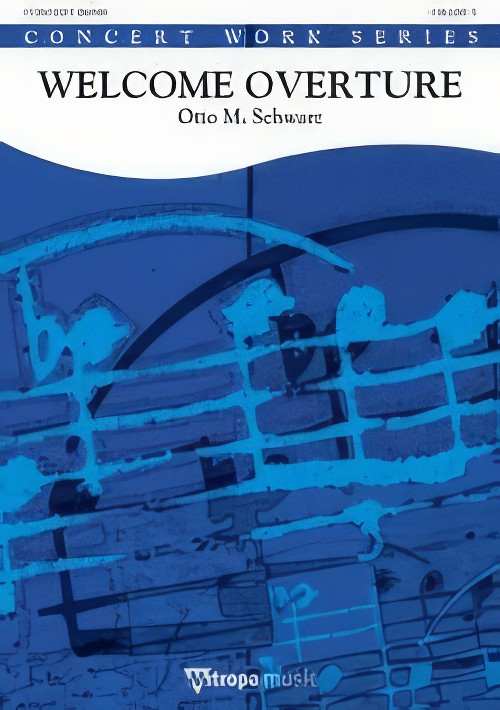 £137.99
£137.99Welcome Overture (Concert Band - Score and Parts) - Schwarz, Otto M.
Composed in commemoration of the 2006 Football World Cup. The World Cup is a global event that only takes place every four years and that is preceded by a number of qualifying rounds. In the actual event, the final tournament, only the best in the world meet. It is a special honour and responsibility to be the host of the final tournament. Welcome Overture musically expresses hospitality and warmth towards all people, regardless of colour or race; an attitude that is symbolic of the World Cup. A fantastic work that your audiences will enjoy time and time again.
Estimated dispatch 7-14 working days
-
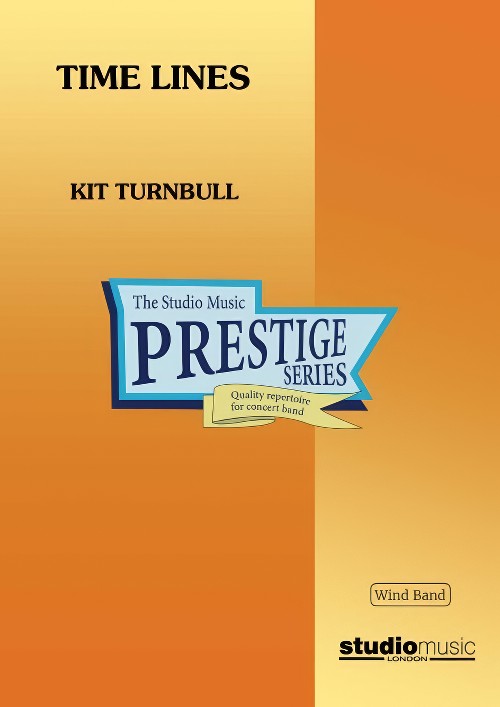 £32.95
£32.95Time Lines (Concert Band - Score only) - Turnbull, Kit
The time line is a western musicological device that allows us to define many of the rhythms used in sub-Saharan music. It is essentially a 12-beat pattern that can be subdivided as 6x2, 2x6, 4x3, or 3x4, which generates many of the polyrhythms that are common in African music. Time Lines is a single continuous work made up of four contrasting sections which are based on various aspects of African dance and choral music. The slow introduction introduces many of the rhythms that the piece is based on and is followed by a fast section which quotes a South African hymn. Abasundu Nabamhlope (the first line of which translates as 'Black and whites, let them give thanks together'. The chorale section which follows makes use of phrases from the hymn Nkosi Sikelel' iAfrika (Lord Bless Africa) which was written in 1897 and has since been adopted as the national anthem of several countries in southern Africa. The final allegro section sees the drawing together of the various dance and choral elements used in the piece with the percussion section playing rhythmic patterns generated by the time line.Duration: 13:30Recorded on QPRM151D TIME LINES: Great British Music for Wind Band Vol.12 (Royal Northern College of Music)
Estimated dispatch 7-14 working days
-
 £164.95
£164.95Time Lines (Concert Band - Score and Parts) - Turnbull, Kit
The time line is a western musicological device that allows us to define many of the rhythms used in sub-Saharan music. It is essentially a 12-beat pattern that can be subdivided as 6x2, 2x6, 4x3, or 3x4, which generates many of the polyrhythms that are common in African music. Time Lines is a single continuous work made up of four contrasting sections which are based on various aspects of African dance and choral music. The slow introduction introduces many of the rhythms that the piece is based on and is followed by a fast section which quotes a South African hymn. Abasundu Nabamhlope (the first line of which translates as 'Black and whites, let them give thanks together'. The chorale section which follows makes use of phrases from the hymn Nkosi Sikelel' iAfrika (Lord Bless Africa) which was written in 1897 and has since been adopted as the national anthem of several countries in southern Africa. The final allegro section sees the drawing together of the various dance and choral elements used in the piece with the percussion section playing rhythmic patterns generated by the time line.Duration: 13:30Recorded on QPRM151D TIME LINES: Great British Music for Wind Band Vol.12 (Royal Northern College of Music)
Estimated dispatch 7-14 working days
-
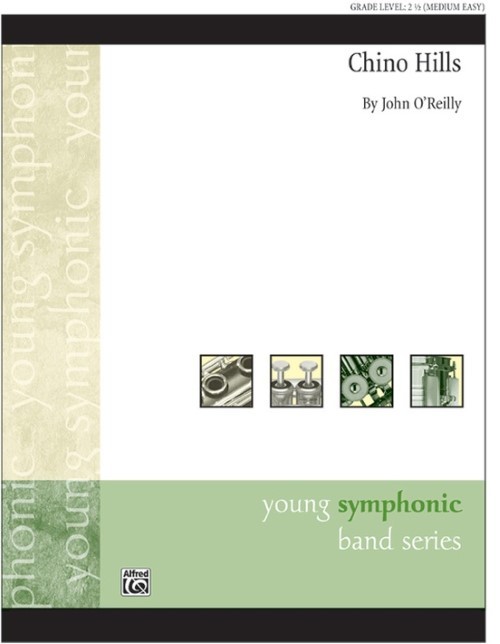 £50.50
£50.50Chino Hills (Concert Band - Score and Parts) - O'Reilly, John
Syncopated brass and driving percussion open this sparkling concert selection. The rhythmic woodwind melody that enters after the brief introduction is set in the Dorian mode, a tonality that dominates the remainder of the piece. The very prominent percussion section gives way to a more delicate woodblock, triangle and tambourine ostinato that accompanies the light hearted second theme. Trumpets now take over the melody and the style hints at the early Hispanic roots of Chico Hills. A lyrical theme in the original Dorian mode highlights the slower middle section that builds to a dramatic climax before returning to the opening Allegro and a short exciting conclusion. Duration: 4.00
Estimated dispatch 7-14 working days
-
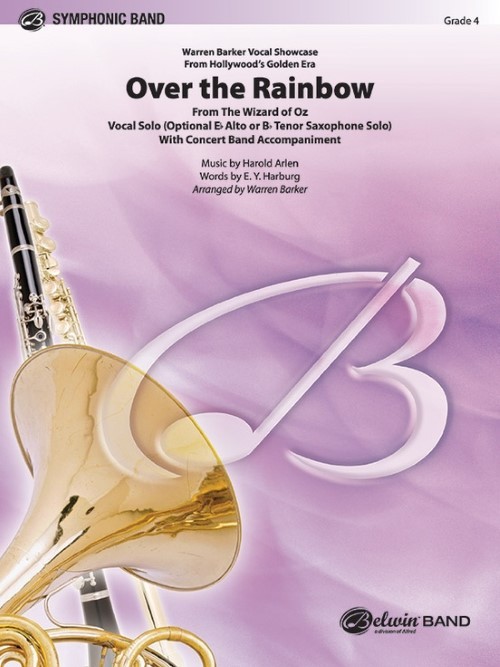 £84.50
£84.50Over the Rainbow (Vocal or Saxophone Solo with Concert Band - Score and Parts) - Arlen & Harburg - Barker, Warren
"But no one will want to sing or play a melody that begins with an octave leap!" said an early critic. That melody that no one would sing or play is now probably the best known in the world. From The Wizard of Oz comes the song that has charmed millions. Warren Barker treats this scoring with care in a lush setting perfect for any concert occasion. If you have no vocalist, an optional alto or tenor saxophone solo part is included in the arrangement. It's a perfect audience-pleaser!Duration: 4:15
Estimated dispatch 7-14 working days
-
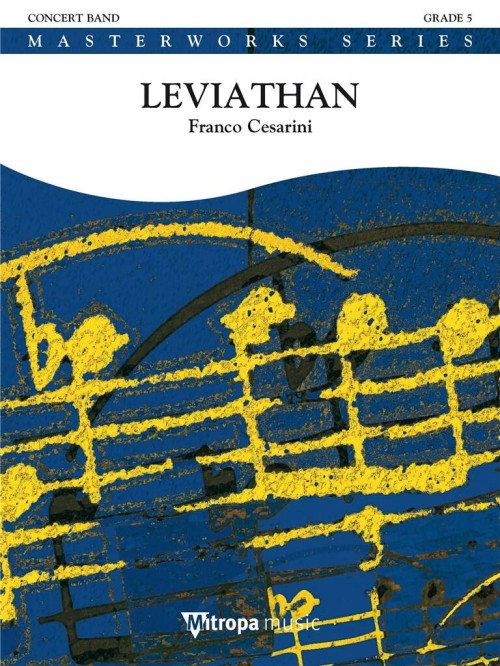 £154.99
£154.99Leviathan (Concert Band - Score and Parts) - Cesarini, Franco
The leviathan, a demoniacal sea monster that appears as a dragon or serpent, is considered in the Old Testament to be the embodiment of evil. The defeat of the demon is prophesied in Isaiah 27:1: "On that day the Lord will punish with his cruel sword, his mighty and powerful sword Leviathan that primeval sea-serpent, that writhing serpent Leviathan, and slay the monster of the deep ."The composer's main goal is to create an atmosphere thick with agitation, tumult and extreme tension rather than express specific events musically. The monstrous form of the leviathan slowly emerges from the abyss of primordial sounds at the start of the piece, recalling the eternal conflict between good and evil.Duration: 8.45
Estimated dispatch 7-14 working days
-
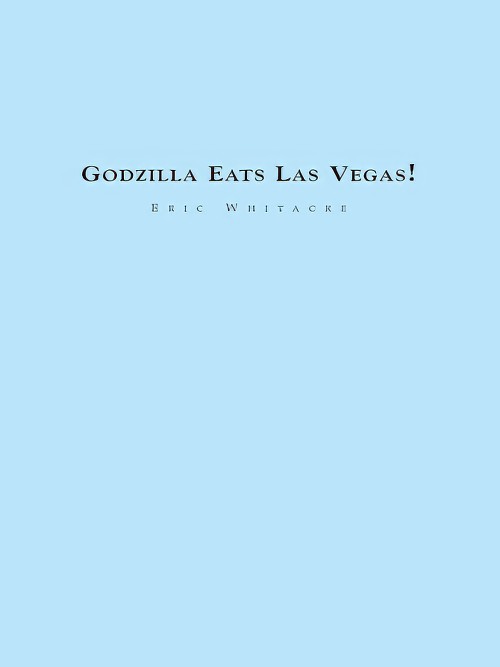 £189.99
£189.99Godzilla Eats Las Vegas (Concert Band - Score and Parts) - Whitacre, Eric
Note from Composer:It took me seven years to get my bachelor's degree from the University of Nevada, Las Vegas. By the time I graduated I was ready to eat Las Vegas.Tom Leslie asked me to write another piece for the group as I was leaving, and I thought it would be a blast to do something completely ridiculous. The players are called upon to scream in terror, dress like Elvises (Elvi), and play in about thirty different styles from mambo to cheesy lounge music. The audience follows a script that I wrote simulating a campy, over the top Godzilla movie (is there any other kind?).I wrote the bulk of the piece while in my first year at Juilliard, and no kidding, I used to act out the script every morning devouring animal crackers, wreaking havoc all over the breakfast table. The script was originally twice as long, and had an entire subplot devoted to a young scientist and his love interest. As I started to finish the piece, however, it didn't seem that funny and that story (along with an extended Elvis tribute) ended up on the cutting room floor.The idea that this piece is being played all over the world in such serious concert venues is the single funniest thing I have ever heard. It has been played on the steps of the Capitol by the United States Marine Band, by the Scottish National Wind Symphony (they play in kilts, so help me God), and I have a video of a Japanese audience visibly confused and shaken by the whole experience. Can you imagine? I'm laughing my head off even as I write this!Godzilla Eats Las Vegas! was commissioned by the University of Nevada Las Vegas, Thomas G. Leslie, conductor, and received its premiere November 28th, 1996.The performers are encouraged to go crazy: wear showgirl costumes, Elvis costumes, act out scenes on stage, use video and lighting - anything to get a laugh.
Estimated dispatch 7-14 working days
-
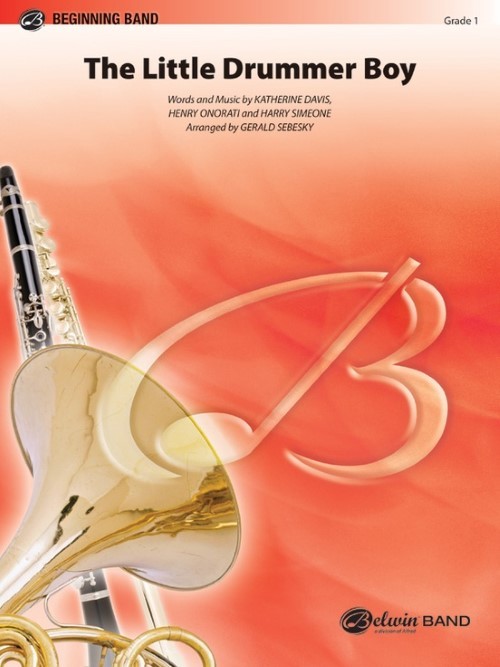 £53.95
£53.95The Little Drummer Boy (Concert Band - Score and Parts) - Sebesky, Gerald
This song of the holiday season has become so much a part of that tradition that many people believe it to be a melody handed down through the ages. We hear it wherever we travel, and it typifies the atmosphere that surrounds us all during that festive time. For the youngest ensemble, this new and very simple scoring is perfect programming material. Duration: 2.00
Estimated dispatch 7-14 working days
-
 £204.99
£204.99Credentium Wind Band Set (Score & Parts)
A spectacular dive via an extended chromatic scale immediately submerges us in a charged and somewhat archaic-feeling atmosphere. Trumpets, horns and trombones resound in rhythmic patterns, buttressed by restless motifs in the percussion. A second theme, in the woodwinds, begins much calmer but is quickly pushed aside by that same brass offensive. This introduction is the musical expression of the sometimes tumultuous early history of the town of Peer in Belgium. It closes with a D scale played over two octaves and repeated three times, symbolizing the church steeples that dominate the townscape. Peer has the credentials of a town, and people should know about it.There follows a rhythmic, turbulent passage: in the course of history, Peer has not been spared the ravages of war, arson, occupation, epidemic and other evils. In contrast, a slow, pastoral, lyrical part expresses the periods of peace and prosperity the town has known, as well as the serene geographic setting that still characterizes the place. Various instruments in groups are developed in solo style while the accompaniment displays vast, painterly images of sound. Now and then an exotic intonation is heard: a variety of peoples and cultures have left their mark on the town.This episode of tranquility and peacefulness comes to a sudden end when, via a surprising, almost chaotic transitional passage, we are in effect transported back to our own time. A hopeful, festive march expresses the confidence in the future that the Royal Concert Band of Peer exudes. This confidence is wholly justified: under the direction of conductor Willy Fransen, the 95 members of the concert band have experienced an extended period of good fortune, and the 75 musicians of the youth band - and the 45 little musicians of the mini-band - are involved in thriving operations. 0:13:15
Estimated dispatch 7-14 working days
